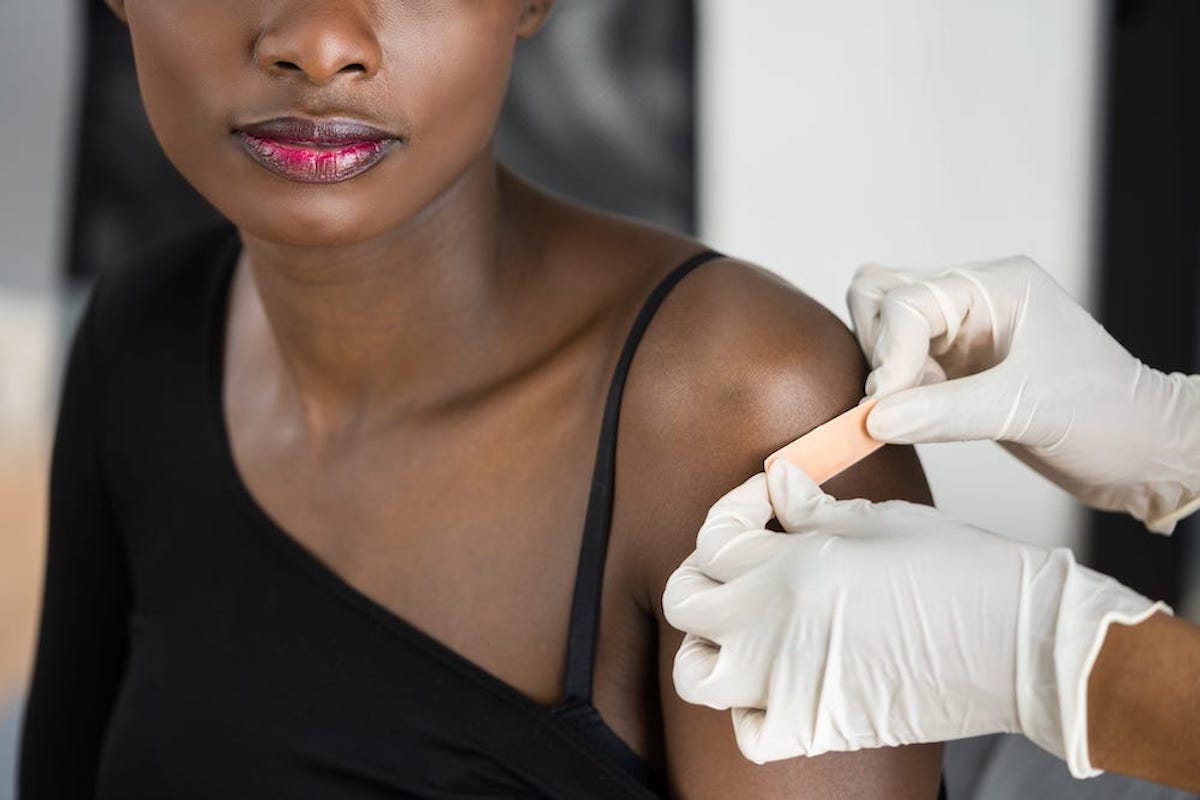I’m 33 weeks pregnant and recently got diagnosed with severe preeclampsia. I’m being monitored in the hospital with regular labs, blood pressure checks, NSTs, etc. My OB is recommending delivery at 34 weeks, which seems to be the standard based on a risk/benefit analysis to mom and baby. I’m having trouble quantifying this analysis, though. If we waited another week or two, how much do the baby’s outcomes in the NICU improve? And how much worse might outcomes be for me?
—Hoping to Deliver Later
First, I am sorry you are in this situation. Fortunately, since you are already 33 weeks, with good pregnancy and neonatal care, most likely you and the baby will do well.
Your question regarding timing of delivery is a good one. In general, the later we deliver the baby, the better the neonatal outcomes, but not always. Severe preeclampsia (aka preeclampsia with severe features) might be one of those situations, especially as one gets closer to 34 weeks.
As background, preeclampsia is a condition of pregnancy caused by a maternal response to the placenta. We don’t know why one person gets preeclampsia and another doesn’t; what we do know is what happens with it. There is a constellation of adverse effects on the mother and the baby. For the mother, hypertension is almost always present, and there can also be liver damage, kidney damage, blood abnormalities, seizures (eclampsia), and stroke. Untreated preeclampsia remains one of the leading causes of maternal mortality in the U.S. and around the world. It’s serious stuff. For the baby, the placental function can be affected, leading to poor fetal growth, low amniotic fluid, and even severe fetal hypoxemia (low oxygen) and stillbirth. Finally, there is the risk of sudden separation of the placenta, also called placental abruption, which is dangerous to both the mother and the baby. Fortunately, most women with preeclampsia have a mild form and never have much more than hypertension and some protein in the urine, both of which resolve shortly after birth. But for those with a more severe form, the risks are much greater.
The only cure for preeclampsia is delivering the baby (technically, the placenta). So anyone with preeclampsia, at any gestational age, who is not getting delivered is at risk of worsening disease, the timing of which is not predictable.
For someone with preeclampsia, when deciding the best time to deliver the baby, we are balancing the risk of staying pregnant (mostly to the mother, but potentially to the baby) against the benefit of staying pregnant (for the baby, not for the mother). So the two main variables we use are: how sick the mother is (the worse she is, the higher the risk to her and potentially to the baby, so the earlier we deliver) and how far pregnant she is (the later she is in pregnancy, the less benefit there is to the baby to remaining inside). For example, for someone with a mild form of preeclampsia who is very early in pregnancy, we will try to keep her pregnant until full term (about 37 weeks). Doing so has some risk to the mother, but if we watch her closely and her condition remains mild, it seems to be safe. It also has a lot of benefit to the baby. However, for someone with mild preeclampsia at 39 weeks, there is little benefit to the baby to remaining pregnant and only risk to the mother, so we deliver.
For severe preeclampsia, the balance is very different. Since the risk to the mother and the baby is so much greater, delivery is usually recommended either immediately or in one or two days after giving a course of antenatal corticosteroids. For some women with severe preeclampsia who are stable and in a tertiary care center with very close observation, they can be watched longer, but nobody recommends doing this past 34 weeks.
As for the data (your actual question), there aren’t a lot of quality studies on this. However, the studies done show that trying to delay delivery in someone with severe preeclampsia seems to yield on average an extra one to two weeks. In some studies, there is some neonatal benefit to this, but not all of them, especially those looking at women closer to 34 weeks. This makes sense. At 32 or more weeks, each additional week of pregnancy does have some benefit for the baby, but the benefit is mostly short-term outcomes like time in the NICU or respiratory support. The survival is already so high and the rates of severe complications from prematurity are already so low that you don’t gain that much with each week. But with expectant management of severe preeclampsia, every week you wait can also lead to a disaster like a severe abruption, emergency cesarean, or even stillbirth. Also, the risk of maternal complications is very high.
Is 34 weeks the perfect cutoff? Nobody knows, but it seems reasonable and is the one pretty much everyone uses. The only instances I would personally keep someone with severe preeclampsia pregnant past 34 weeks are if the diagnosis is not certain (for example, is this really preeclampsia, or just a slight worsening of chronic hypertension?) or if the feature that made you severe was a borderline call (like one elevated liver enzyme that could be explained by something else). But assuming your diagnosis is correct, 34 weeks would be the latest I’d recommend, and based on the data, there’s a good chance you will need to be delivered before that.
If you would like a deeper dive into preeclampsia or indicated preterm birth, you can check out the podcasts I did on these topics.
Hope this helps. Wishing you the best!















